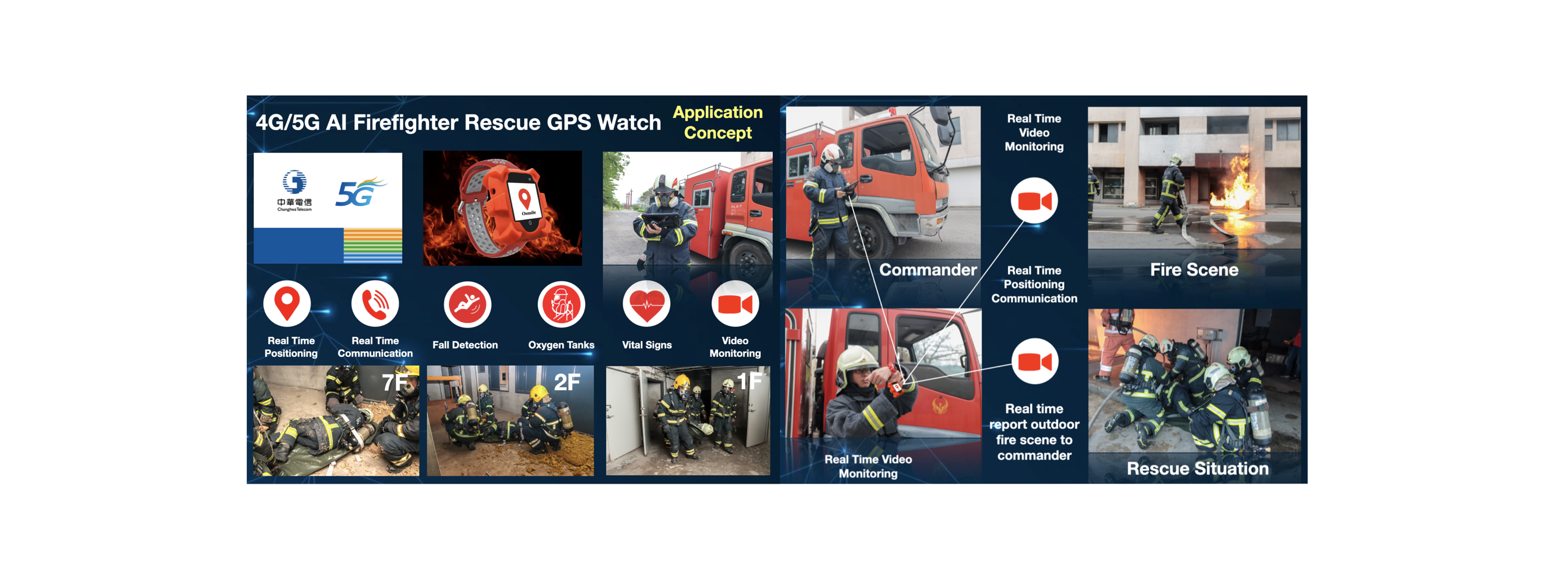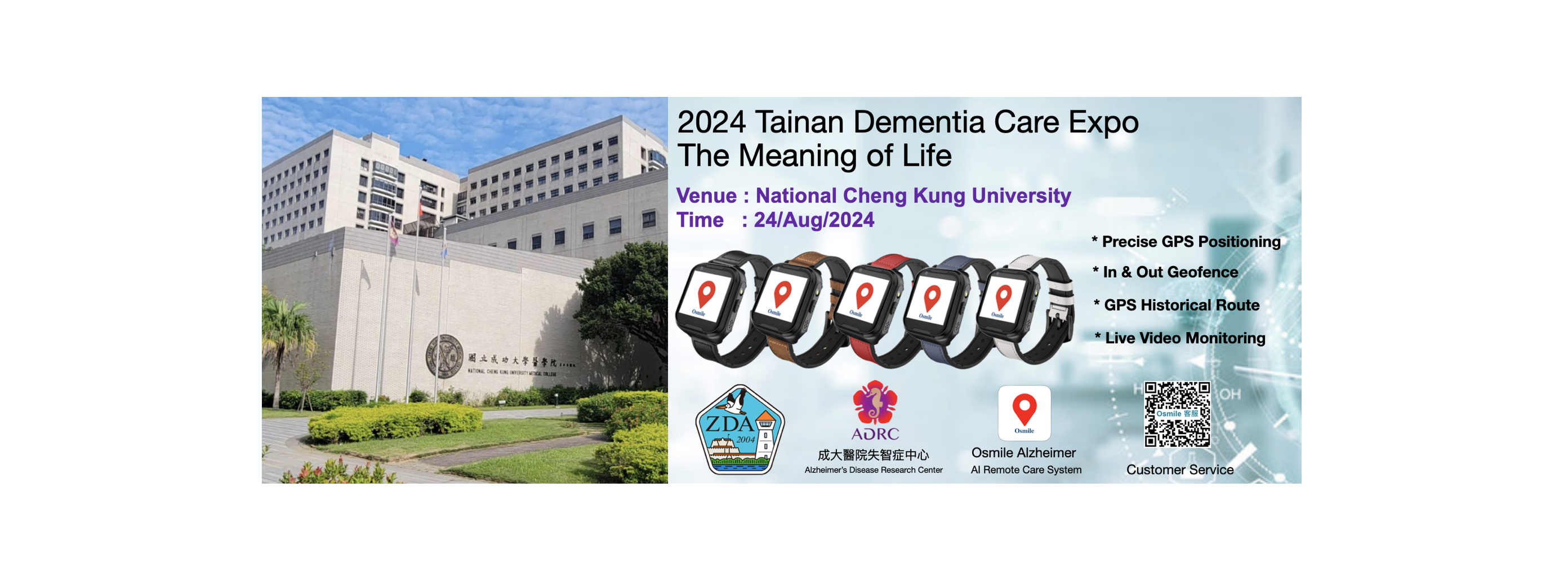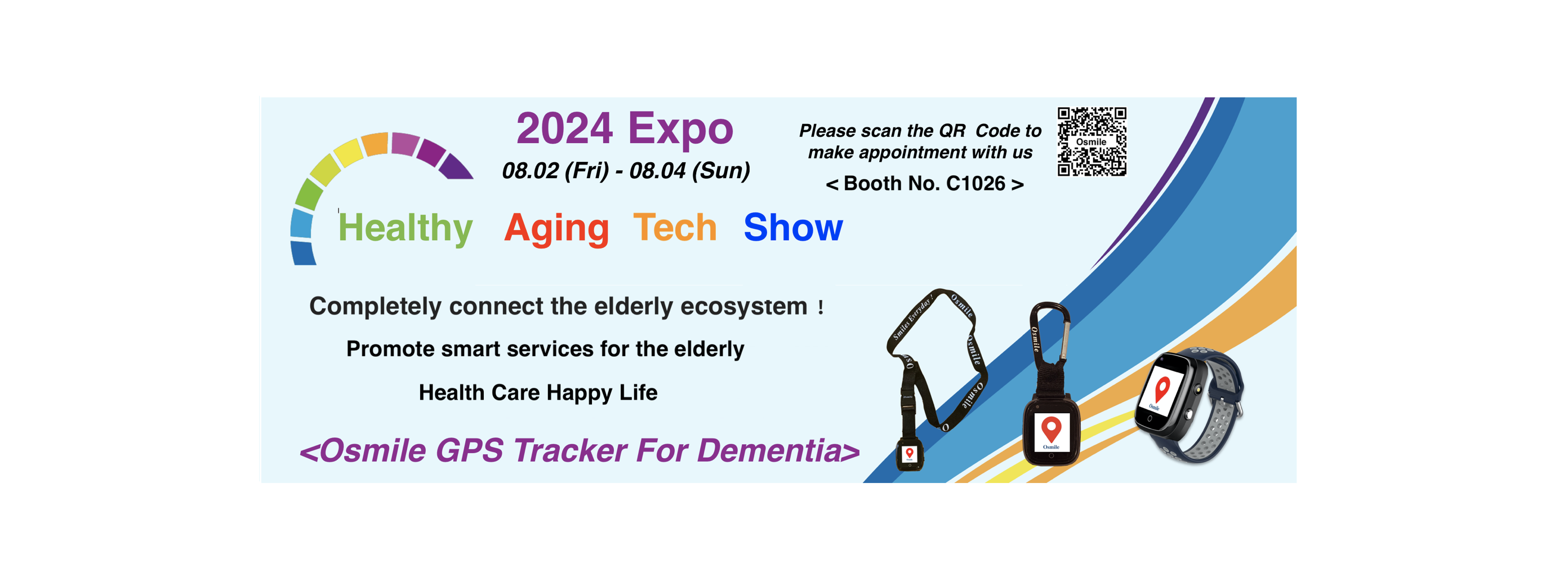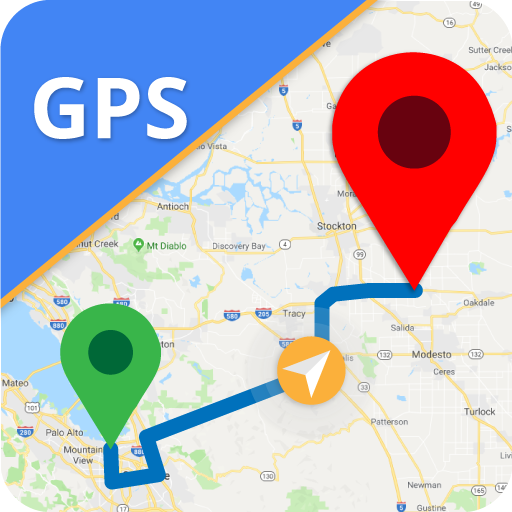News
How much should you rely on a GPS watch?
A GPS running watch is an awesome tool to inform training and track miles. The key word there is tool. In our experience as runners and coaches, we’ve seen too many runners get so caught up in their watches that it’s like the proverbial tree falling in the forest—if your GPS watch fails, does a run even count?
“The beauty of a GPS watch is that you can look at trends over time. For the average recreational runner who wants to track mileage run per week, you can get good data,” said clinician Bryan Heiderscheit. “Overall, I’m a proponent of using one—it can be a motivating factor to collect data, see what you did, and share with your community.”
But the reality is, GPS itself can and does fail. Tree cover, tall buildings, and even overcast skies can affect signal strength and acquisition. Watchmakers try to counter this by using multiple satellite networks (GPS, GLONASS, Galileo, BDS) and high signal-refresh rates, and by filling in any GPS gaps with data from your cadence (number of steps taken per minute) and estimated stride length. But look at the map data of basically any recorded run, and you’ll see at least some small zigzags along your route where the GPS skipped out (you probably did not, for example, run into the middle of the street or into a body of water), and, in the worst cases, gaps where it lost signal entirely. You’ll quickly realize that no watch can be fully trusted, particularly for instant-pace readings during a run.
Heiderscheit pointed out that if targeted intensities and speeds are required for interval or tempo runs, upholding an accurate pace matters more. (Intervals are short, intense, repeated efforts alternated with recovery periods; tempos are longer efforts done at a quick but controlled clip.) That means training your body to learn what paces feel like by effort—by doing timed drills over a known distance—is essential.
Using average lap pace on a watch is fine as a means to be sure you’re hitting approximate paces on a training run with a wider target window—say, when your “easy run” pace is anywhere between a 9:00 and 9:30 mile. You just shouldn’t rely on it during a race if you have a specific goal time and therefore an average pace per mile or kilometer to meet or beat. One erroneous GPS-inserted mile mark, and your entire average is thrown. It may help to add a calibrated footpod, a device containing an accelerometer that more precisely fills in any GPS distance gaps with data extrapolated from stride length and cadence. But in a big race, you may be better served by inserting manual mile or kilometer laps at every marker you pass on the race course (assuming they’re placed accurately). This way, you can see the actual time you took to run each one, comparing those with the results of an old-fashioned pace band, which lists the target clock time to cross each marker, and then base any pace or effort adjustments on that.
Recommended GPS Watch: http://www.osmile.com.tw/GPS1000.php
.png)




